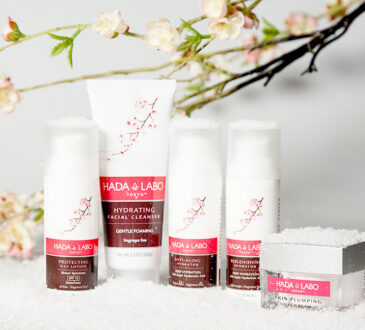
Selling an Audemars Piguet (AP) watch is not like selling an ordinary timepiece. With its heritage of high horology, every AP watch is a blend of craftsmanship, mechanical complexity, and market demand. For potential sellers, understanding how AP buyers assess value is essential. These evaluations go beyond the surface, focusing on condition, model specifics, and provenance.
Condition: The Starting Point of Valuation
Case and Bracelet Integrity
Buyers first inspect the watch’s exterior. Scratches, dents, or signs of polishing can affect the value. Over-polishing, in particular, may round off original lines and diminish collector appeal.
Dial and Hands Preservation
An original, untouched dial is far more desirable than a refurbished one. Discoloration or wear might reduce the value unless it’s the kind that’s sought after in vintage markets, such as “tropical” dials.
Mechanical Health
The movement’s condition is vital. Buyers often examine timekeeping accuracy, power reserve, and whether the watch has been recently serviced. A functioning movement that doesn’t need immediate repair adds value to the offer.
Model: Rarity, Demand, and Market Trends
Popular Models Hold Stronger Resale Value
Not all AP watches hold the same market appeal. Iconic collections like the Royal Oak or Royal Oak Offshore are in consistently high demand. Limited editions or discontinued references often command a premium, especially if they’ve developed a cult following.
Material and Size Influence Value
The case material—whether it’s steel, gold, or titanium—impacts resale value. Size trends also matter; for instance, while larger cases were once more popular, there’s growing demand for vintage, midsize models today.
Movement Complications Add Prestige
Watches with complications like chronographs, perpetual calendars, or tourbillons usually attract higher offers. The complexity reflects AP’s horological mastery and is appreciated by serious collectors.
Provenance: The Story Behind the Watch
Original Documentation and Box
Papers, receipts, and original packaging prove authenticity and ownership history. Having the full set often increases the resale value significantly.
Service Records Build Confidence
A watch with detailed service history from AP or authorized centers reassures buyers about its maintenance and authenticity. It also reduces the need for immediate servicing post-sale.
Ownership History and Rarity
If the watch was previously owned by a notable figure, or if it’s one of a very limited run, provenance can greatly boost the piece’s desirability and market value.
How Professional Buyers Approach AP Evaluations
Comprehensive, Not Just Cosmetic
Reputable AP buyers don’t just look at how the watch looks—they assess its story, functionality, and collector potential. Their evaluations combine horological knowledge, market insight, and technical inspection.
For instance, sellers often study how trusted evaluators like G Luxe Audemars Piguet buyers assess pieces to understand what attributes carry the most weight in pricing decisions. Learning their process can help owners prepare better and set realistic expectations.
Conclusion
When selling an Audemars Piguet, every detail matters—from the movement’s heartbeat to the watch’s history. Buyers assess condition, model rarity, and provenance to determine value. By understanding what influences their evaluations, you can position your watch for a fair, informed, and competitive sale. Whether you’re letting go of a classic or a collector’s gem, knowledge is your most powerful asset.




